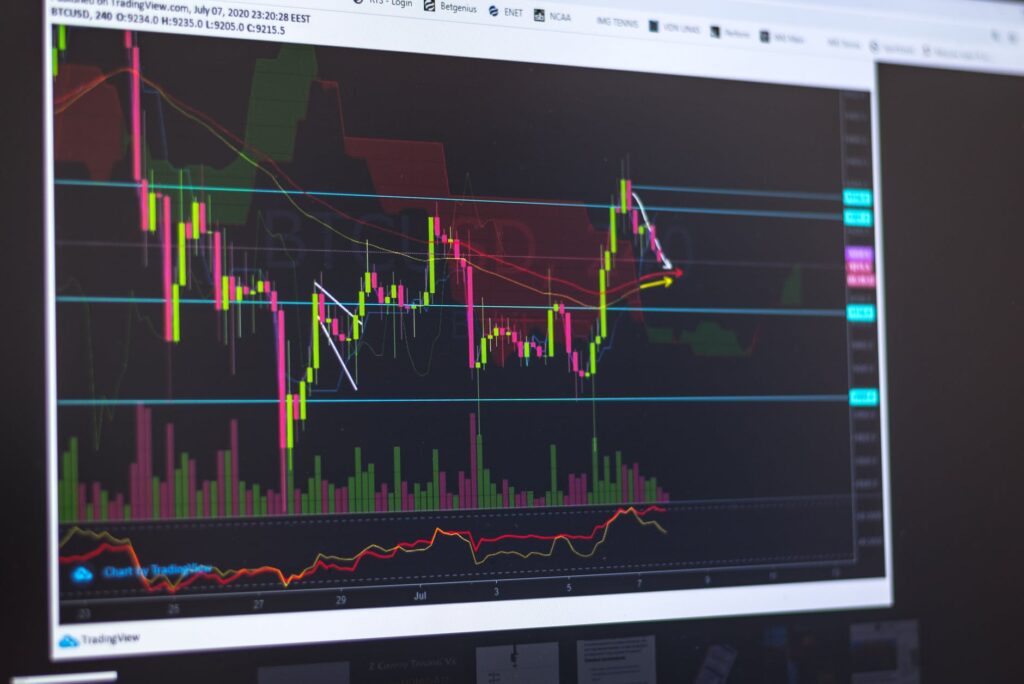Day trading can be difficult to learn and eventually more difficult to master. It requires quite some time to actually master it and to build the necessary consistency and skills needed to keep going with it. In the beginning when one is still learning and getting to know the market, there can be chances that one might face heavy losses both in terms of time as well as monetary losses. But as one learns and gains some experience, there can be many benefits to day-trading.
For people who have no experience in trading, learning day-trading may be harder than for those who do have at least some amount of experience in the field. This is why some people even opt for a forex trading course to actually get a hold of things. Besides, opting for good quality courses, there are some basic things one should have an idea about and try to implement when they engage themselves in day-trade. Some basics that one should know are:
1. Knowing what to look for in a stock

It is very essential for day traders, especially beginners to know what they should look for in a stock before investing in it. These mainly include three things: the trading volume of the stock, its volatility and its liquidity.
Liquidity refers to the quality of a stock that determines its ease in buying and selling. A more liquid stock would be easy to both buy as well as sell. A stock which has a good amount of liquidity is advantageous with respect to tight spreads that refers to the amount of difference between the price bid and the price asked. It is also good for law slippage which refers to the amount of difference between the expected price and the actual price of a trade.
Volatility on the other hand takes into consideration the price range of a whole day which refers to the range a day trader deals with. If a stock has less volatility, it does not necessarily guarantee huge profits but on the other hand it would garner comparatively less losses, if any. On the other hand, in the case of more volatility, the chances of higher profits increase but also with the chances of higher losses.
Trading volume refers to the volume of trade, that is, the amount of times a stock is sold and bought within a given period of time. Generally, it is referred to as the ‘average daily trading volume’.
If a particular stock has a higher trading volume, it means that more people are interested in it and this interest can translate into more chances of price jump in that stock. But it is to be noted that the price jump so caused could be positive as well as negative.
2. Go with the trend

One of the techniques of buying a stock is to stick with the trend. People who follow the trend tend to buy a stock when its prices are beginning to rise and then short sell when the prices drop. This can be followed in cases where one can safely assume that the prices have been falling and rising constantly and it would continue to happen in the same way.
3. Investing contrarily

Another technique that traders use is contrarian investing. According to this strategy, it is assumed by the traders that a rise in prices will be reversed and the prices will then drop. This is why they choose to buy stocks when the prices of stock are falling and then short sell during its price rising. This is quite the opposite of following the trend. Both these techniques can work for different people, so it is all a matter of what one prefers and what provides more monetary benefit to the investor. This can only be figured out by trying out both these techniques on a small scale with comparatively less investment and figure out which works the best.
4. Follow the news

One of the most important parts of being a day trader is to be updated about the market and changes in values at all times and have this information on the tips of one’s fingers. This is why it is very important to follow news relevant to trading. Many people also invest some money in subscribing to news channels that exclusively provide quick updates regarding the market. This can be a great investment that leads to long term benefits especially with regards to more volatile stocks one would want to be updated about.
Investors who invest and trade based on the news tend to buy more of a stock when good news about that stock is imparted, on the other hand they short sell in case a bad news surfaces. This eventually leads to higher volatility which can then lead to greater profits or losses.
5. Make use of electronic communication networks

ECNs, or electronic communication networks, are computer-based systems that present the best available bid and ask quotes from numerous market players before matching and executing orders automatically. Level 2 is a subscription-based service that allows users to view the Nasdaq order book in real time. Every Nasdaq-listed and OTC Bulletin Board securities includes price quotes from market makers in the Nasdaq order book. They can give you a sense of orders being executed in real time when used together.
Understand the stock options
Before you make any trades, it’s important to understand what a stock option is and what it means for your investment. A stock option gives you the right, but not the obligation, to purchase a share of stock at a set price in the future. This can be a powerful tool for making money if the stock price goes up, but it can also be risky if the market moves against you.
Do your research before buying or selling stocks: Make sure that you understand what kind of company the stock is associated with and understand the risks involved in owning that company’s shares. If you want to know how stocks are taxed check VectorVest.
Always consult with your broker before making a trade: Your broker’s advice will depend on their personal knowledge of the markets and your individual circumstances. Be sure to ask them about any potential risks involved in any given trade.
Conclusion
Day trading can be learnt through a process of getting to know the techniques from an experienced trader or through a course. But one of the major parts of mastering it is to learn through experience and keep experimenting with different trading techniques till one can figure out what works the best for them. It might lead to quite a bit of losses in the beginning but eventually one would start to make profits that can even help in covering the earlier losses caused. After one has mastered day trading, there is no limit to how much profit they can make using their trading skills.
 Imagup General Magazine 2024
Imagup General Magazine 2024



